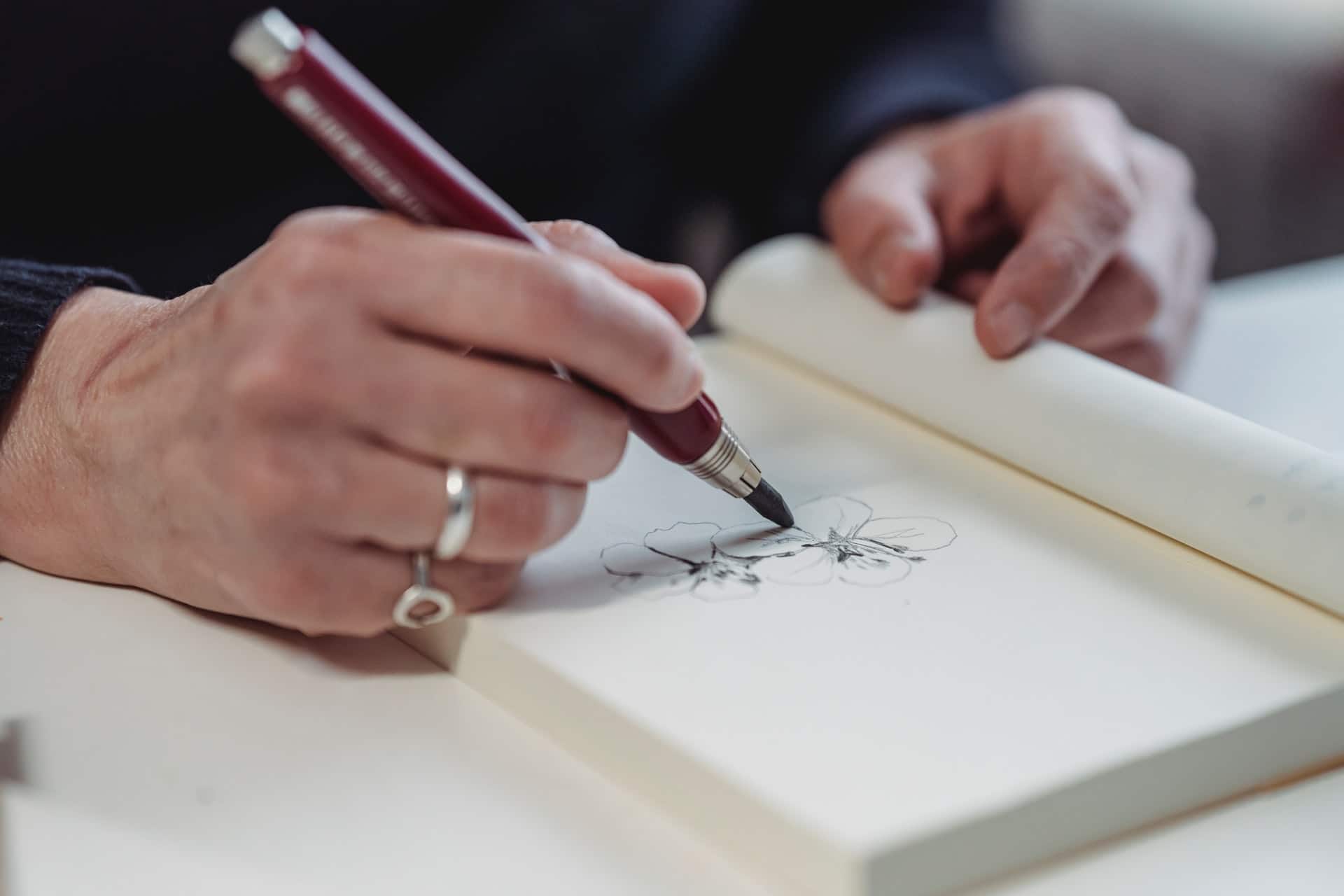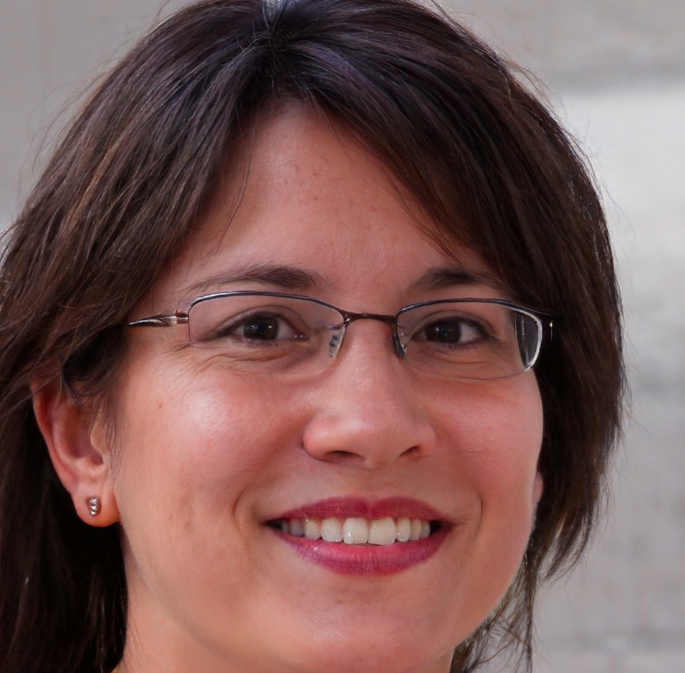If you are interested in pursuing a career in drawing but don't know quite where to start, you have come to the right place. From sketching for beginners, to classes where you can learn to draw step by step and learn the drawing basics, there are many amazing things you can learn about the drawing world.
No matter if you want to pursue drawing as a professional career or make it a hobby, you need to know the drawing basics by heart, as well as the tools that you need in order to draw and become a good illustrator or artist.
Also, keep reading to find some inspiration of famous Canadian illustrators and artists who have used their drawing talents to make a name for themselves and discover the best online drawing and online art classes with the help of Superprof and our network of private tutors in Canada.

Famous Canadian Illustrators and Artists
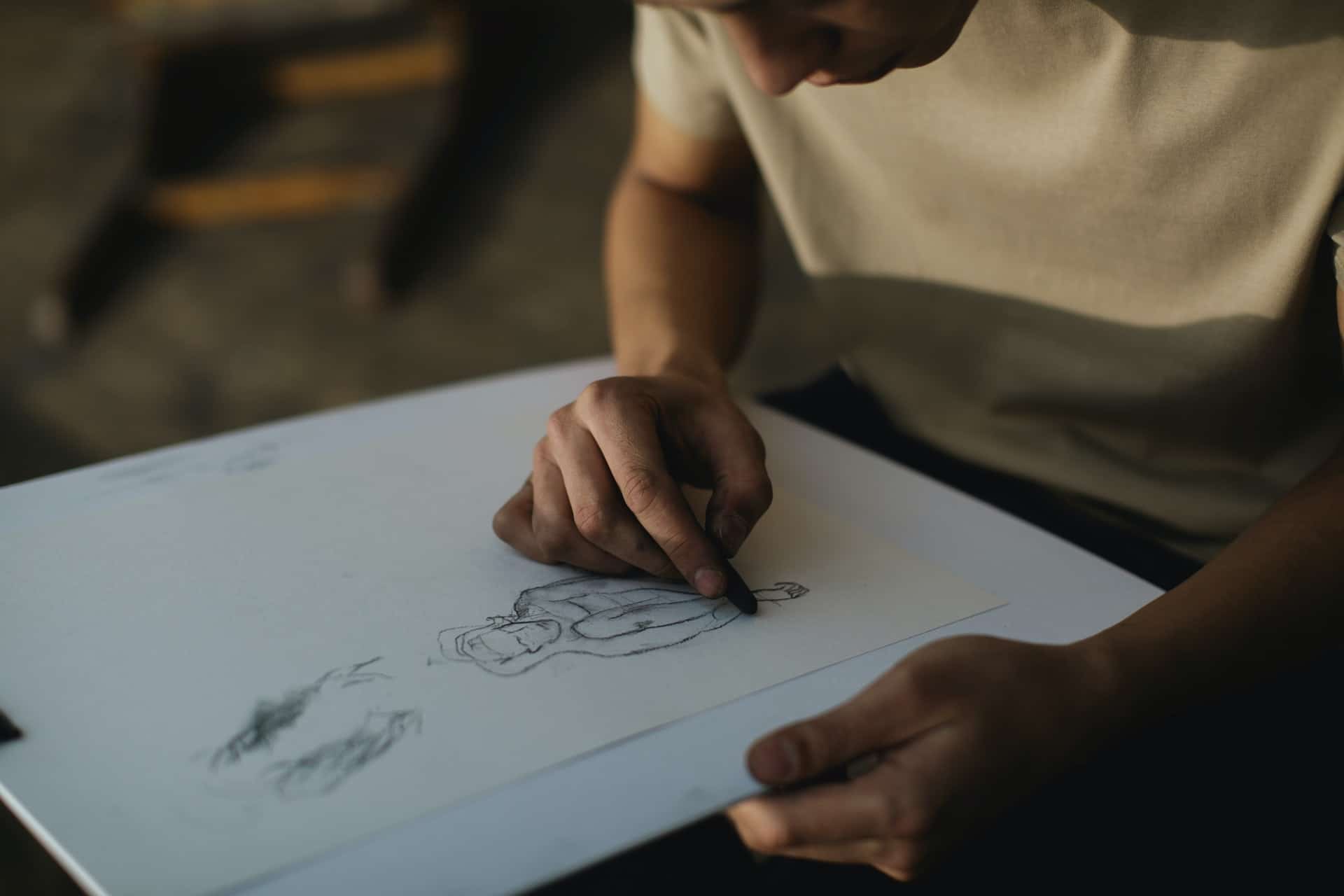
Marked by thousands of years of habitation by First Nations Peoples and waves of immigration, art in Canada has always reflected these diverse origins and traditions. Artists in Canada have also drawn on the landscapes and wildlife of the country for inspiration. Today, the Canadian artistic scene is remarkably dynamic and vibrant.
Check out some of the famous Canadian artists and illustrators below and make sure to look at their work to draw some inspiration and tips on building a drawing career:
- Will Davies: He was responsible for fashion layouts, story illustrations and advertising campaigns for clients such as Simpson’s, Chatelaine, Reader’s Digest, Homemakers, Star Weekly and Woman’s Weekly, among other publications.
- Jean-Paul Riopelle: he was born in Montreal in 1923, and began to study drawing as a young boy. In 1945, during his education at Montreal’s École du Meuble, he became a member of the Les Automatistes movement, a group of dissident Montreal artists who were interested in the principles of surrealism and its focus on automatism. His painting style changed from surrealism to abstraction, and these are the paintings for which he is most well known.
- Blair Drawson: Drawson worked as an editorial illustrator for many of North America’s most notable magazines, including Time, The New Yorker, Esquire, Rolling Stone and The New York Times Magazine.
- Bryce Hallett: Bryce Hallett is a Canadian independent animator living and working in Toronto, Ontario, Canada. A graduate of Sheridan College's classical animation program and Canadore College's graphic communications program, Bryce has been creating numerous cartoons and animations since 1999 working under his business "Frog Feet Productions".
- Philip Guston: The Canadian painter Philip Guston is best known for his unique and influential style of cartoon realism. In the 1960s, he developed his unique cartoon-styled realism that often resembles fearful urban worlds of racism and violence.
- Marian Bantjes: she is a designer, typographer, writer and illustrator working internationally from her base on a small island off the west coast of Canada, near Vancouver. She is known for her detailed and lovingly precise vector art, her obsessive hand work, her patterning and ornament.
- Anita Kunz: Kunz is one of the most iconic illustrators of our time. Her work has been published and exhibited internationally and she regularly provides cover art for The New Yorker, Rolling Stone, Sports Illustrated, Time and other influential publications. She has also illustrated more than 50 book covers.
- Agnes Martin: Although Martin is considered a minimalist painter, she is known to have viewed her work as abstract expressionism. Her paintings are characterized by subtle grids and fields of soft color.
- Janet Perlman: Janet Laurie Perlman is a Canadian animator and children's book author and illustrator whose work includes the short film The Tender Tale of Cinderella Penguin, which was nominated for an Academy Award for Best Animated Short Film at the 54th Academy Awards.
As you can see, there are many talented people who have put the name of Canada in the map thanks to their artistic talents and their drawing and painting skills. Keep reading to find out more about finding online classes so you can join the world of drawing and illustration as well.
Click on this article to learn more about how to get started on a drawing career in Canada.
Drawing Basics: Tools You Need
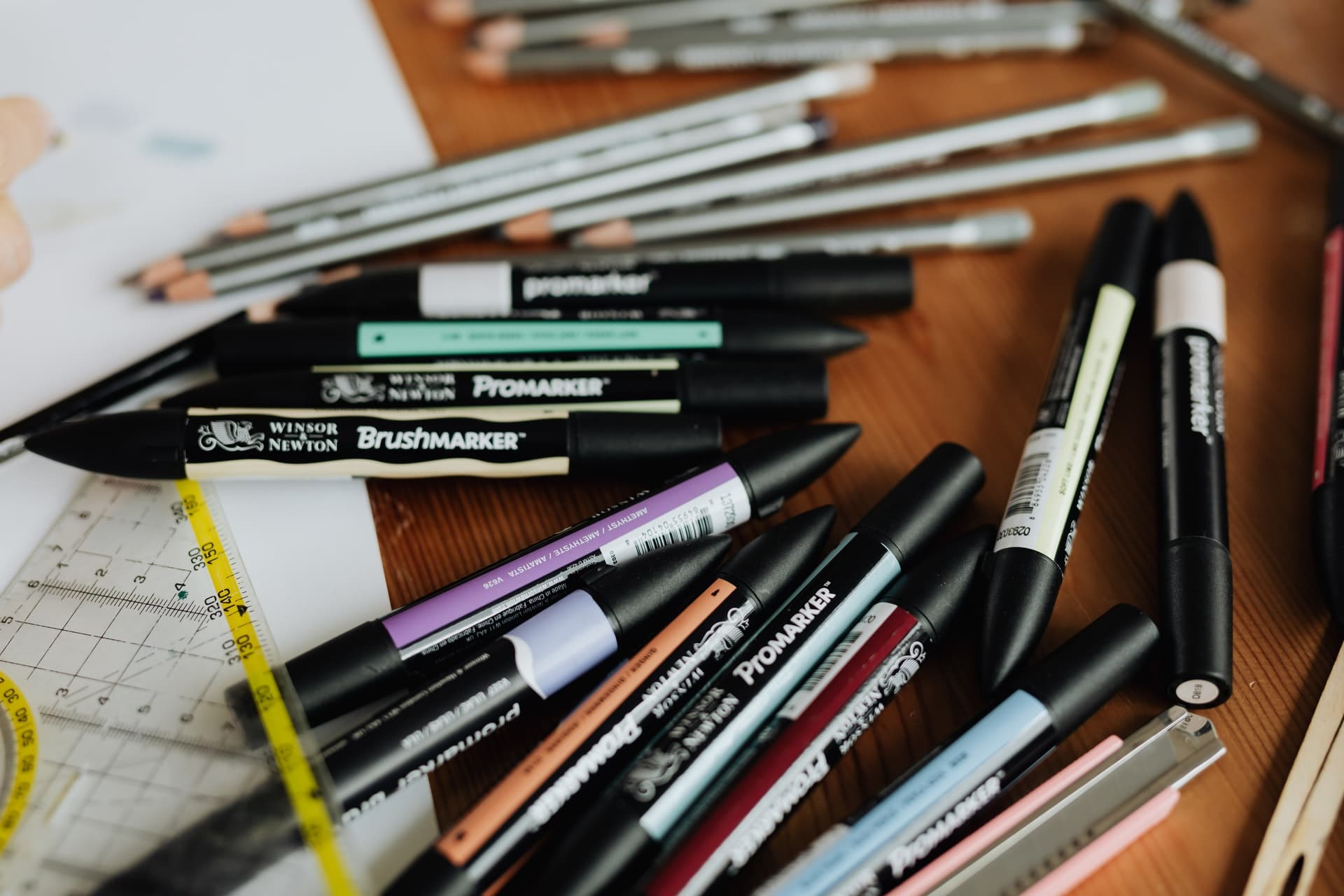
The materials needed to begin drawing are simple: a tool with which to make a mark and a sheet of paper on which to make it. Pencils and paper are the starting materials for most people.
That said, as you develop in your drawing craft the materials and tools that you chose will become more important. The connection between quality art materials and quality artwork becomes noticeable along the way and it’s no wonder that emerging artists desire to have the very best materials possible.
Drawing tools may be used for measurement and layout of drawing. They include pens, pencils, rulers, compasses, protractors and other drawing utilities. Using slightly nicer materials will make what you’re doing intentional and help you focus. Here are some of the basic drawing tools you should have in order to start with the drawing basics:
- Graphite pencils: Graphite pencils are graded from hard (H) to soft (B). 9H is the hardest whereas 9B is the softest, with F (for fine) and HB in the middle range. H pencils (2H, 3H, and 4K; they progressively become harder) are good for clear-cut, light lines, but will scratch into the surface of your paper, so B pencils are better for softer, tonal work.
- A sketchbook: Since a sketchbook is recommended for daily practice, it is important to choose one that is durable and has plenty of pages for all of your ideas. It is a good idea to pick a sketchbook that has a hardcover so that it will stand up to repeated use and travel. A hardcover keeps the corners of the pages inside nice and clean and will help keep the pages flat if you use mixed media applications.
- A ruler: A ruler is a tool which helps people to measure, draw straight lines and do other stuff. It is used by carpenters, masons, drawers and many others. It will prove extremely useful for your drawings.
- Sharpeners: If you draw with pencils, at some point you’ll have to sharpen them. Nearly any sharpener you’d use on traditional pencils will work.
- Drawing pens: One of the most crucial tools for drawing is pens. Like drawing pencils, pens also come in various styles; it may be brushed tip pens, square marker pens, hard and round-tipped pens, or fine-tipped pens. Every type of pen is used for a specific purpose.
- Pastel pencils: Pastel pencils are made from a strip of hard pastel secured in a wooden barrel. These pencils are harder than soft pastels and look like colored pencils, although they have a scratchier, chalkier feel. They are good for detailed line work, as well as shading, as they are non-waxy and can be blended well.
- Erasers: Erasers can be a great mark-making tool as well. Each eraser creates a different mark and should be used as necessary according to the specific drawing medium.
- Drawing compass: Drawing compass is a tool for drawing circles on a specific material but also for navigational help and measuring distances. There are many types of a drawing compasses for different purposes.
- Drawing paper: if you have a good-quality pencil but a bad paper, it will be disastrous. It is the drawing paper that may make or break the quality of your artwork.
- Colored pencils: Colored pencils are made in much the same way as graphite pencils. The pigment is mixed with a clay filler and a binder. Wax is added to act as a lubricant and help the pencil slide smoothly over the paper.
- Charcoal: Charcoal provides a broader range of value and mark-making than what’s possible with graphite. The manner in which marks are made is different as well.
If you want to learn more about finding a job in drawing and the different career opportunities and salaries for people who can draw, check out this article.
Find Online Art Classes and Learn Sketching for Beginners with Superprof
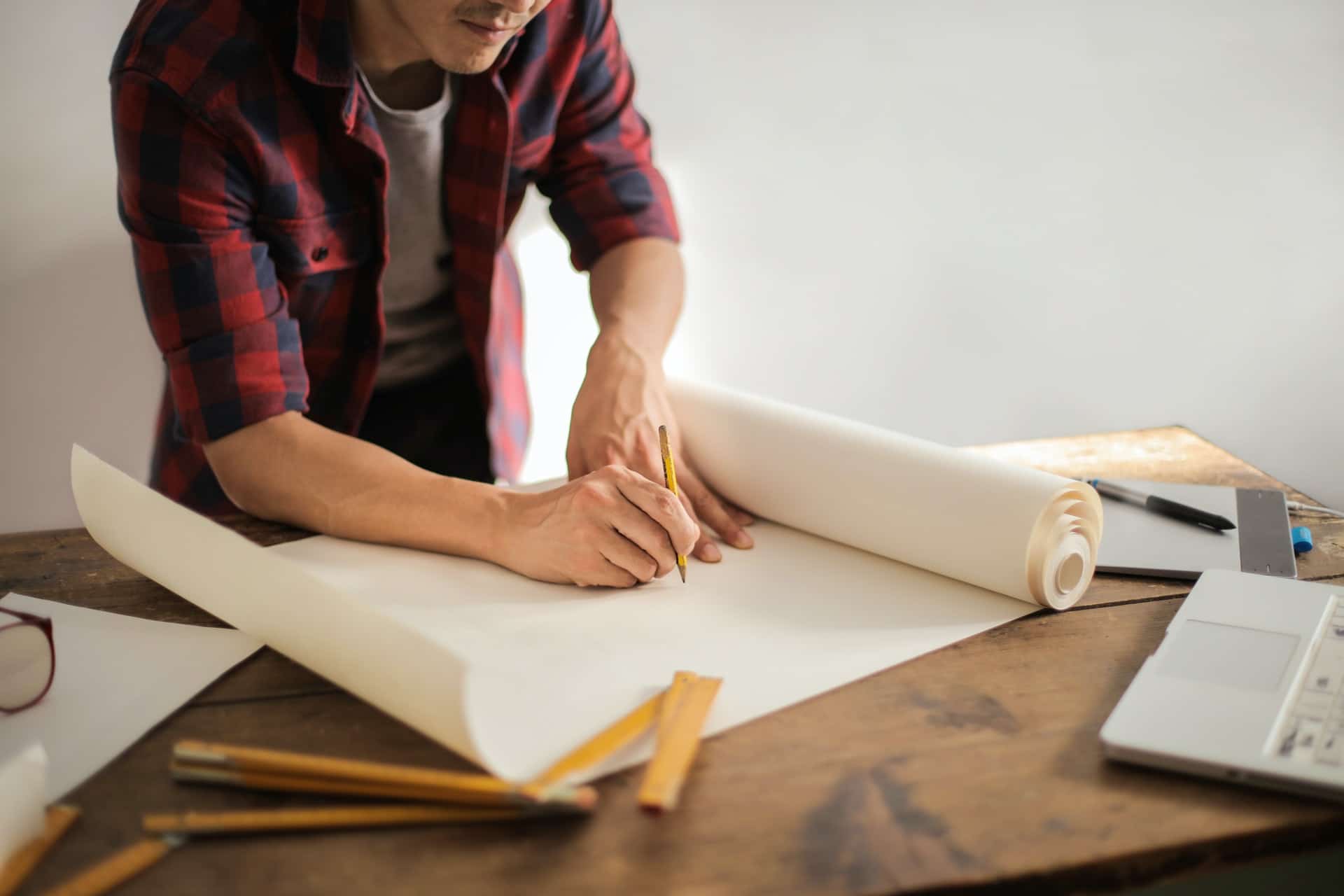
Are you ready to learn to draw step by step and start working on your drawing basics. Superprof is here to help you! We have a network of more than 350 drawing tutors located all over Canada who are ready to share their artistic skills with you to help you achieve your goals.
All you need to do is conduct a quick search and find the profiles of the teachers that are available in your area. Once you find them, pick the one that better aligns with your objectives and expectations and get ready to start learning how to draw and become a great artist in the process!
Find the best art tutor for you and start drawing with the help of Superprof!

